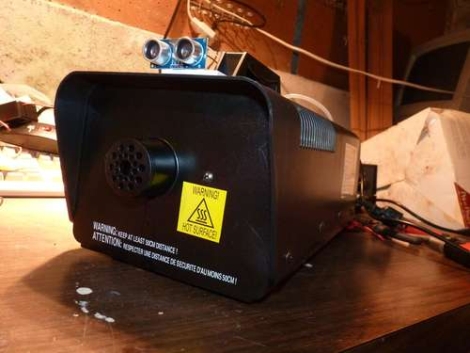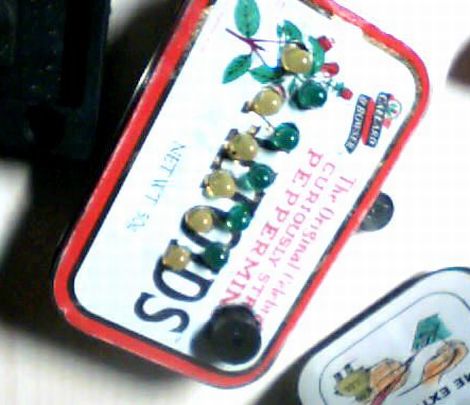Hackaday reader [Kieran] volunteers at an outdoor haunted house attraction called the “Disenchanted Forest”. Attendees are lead through the haunted forest by a volunteer, who helps keep everyone on the predetermined trail. The trail is usually lit by small LED fixtures that the group constructed, but the organizers wanted to make the lights more interactive this time around.
A fellow organizer gave [Kieran] a [Harry Potter] Magic Candle, which allows him to light the toy with the wave of his IR-enabled wand. He was told to “make it do something cool”, so he took a closer look at it to determine how everything worked.
Using an Arduino clone and some borrowed IR code he was able to get the wand to work with the forest’s trail lighting, but there was a lot of lag between waving the wand and triggering the light. Taking a second stab at it, [Kieran] was able to replicate the IR protocol used by the toy, speeding things up and increasing the wand’s range considerably. Now, the tour guides can light and extinguish the trail lighting with a simple flick of the wrist.
Take a look at the video below to see how things worked out for [Kieran], and be sure to swing by his site for more details if you have the urge to modify your Magic Candle.
Continue reading “Hacking A “magic Wand” To Remotely Control Light Displays”

















